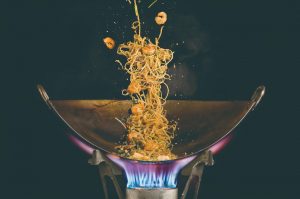
We bite and swallow food every day, but do you understand the scientific principles of food production? Have you seen the changes in food during cooking? Nathan Myrward, the former CTO of Microsoft Corporation in the United States, had been an apprentice as a chef before working on computers.
He found that various cooking books did not introduce the scientific principles of food cooking. Therefore, after retiring, he took all the food in cooking, including cooking utensils, in half, took cross-sectional photos, and published a series of books Modernist Cuisine, which not only taught everyone how to make delicious food, but also introduced them in detail.
In order to understand the scientific principles of food cooking, people can understand the fascinating mysteries of food. This page shows a few examples.
Regardless of the cooking method, the process of heating food uses three principles: infrared radiation, heat conduction and convection.
Take cooking as an example. When the food is in direct contact with the pan, heat is transferred to the food through the pan to achieve heat conduction. This is the main heating method in cooking; when the food is turned up, the heat passes through the food to heat the food and achieve convection; and At the same time, when the pot is burned red, infrared rays will be emitted to heat the food in the form of electromagnetic waves.
Different heating methods will produce different tastes and textures of food.

The fried noodles in restaurants always have a taste that cannot be cooked at home. This is because the restaurant uses a special frying boiler head, which can generate 25 times the heat of a household stove. It is this feature that makes the food produce Special flavor.
Myrward mentioned in the book that the efficiency of a round-bottomed wok is not high. A lot of heat rises along the curved surface of the bottom of the pot and slips away from the fume duct. This may disappoint mothers a little.
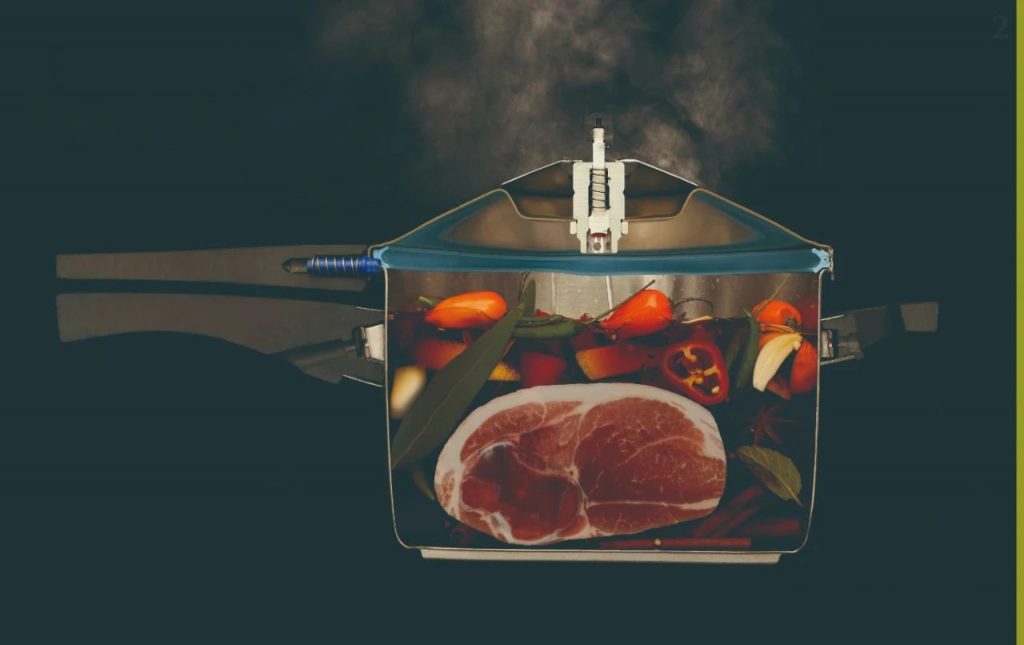
Using a pressure cooker to stew food can often make the food go bad faster. This is because the higher the air pressure, the higher the boiling point of water. Generally, the water temperature of the pressure cooker can reach 120°C. Under daily pressure, boiled food does not exceed 100°C. At this temperature, some meat tendons and vegetable fibers cannot be cooked in a short time.
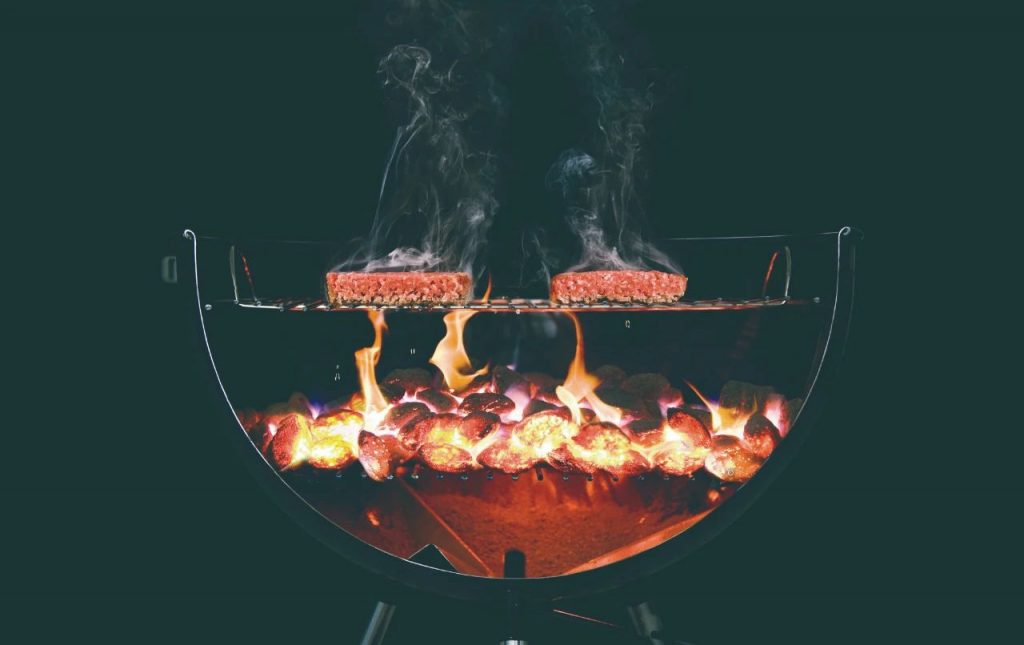
This is a hamburger steak being grilled. The smoke generated by the charcoal fire rises volatically, passes through the meatloaf in a vortex, and cooks it.
Most of the heat during barbecue is taken away by the smoke, but it is the high fire during barbecue that makes the barbecue obtain its unique taste. The high temperature melts the fat on the meatloaf into oil, and the oil drops burn on the charcoal fire, and the burning flavor is transferred to the barbecue through the charcoal fire, forming the special flavor of the barbecue.
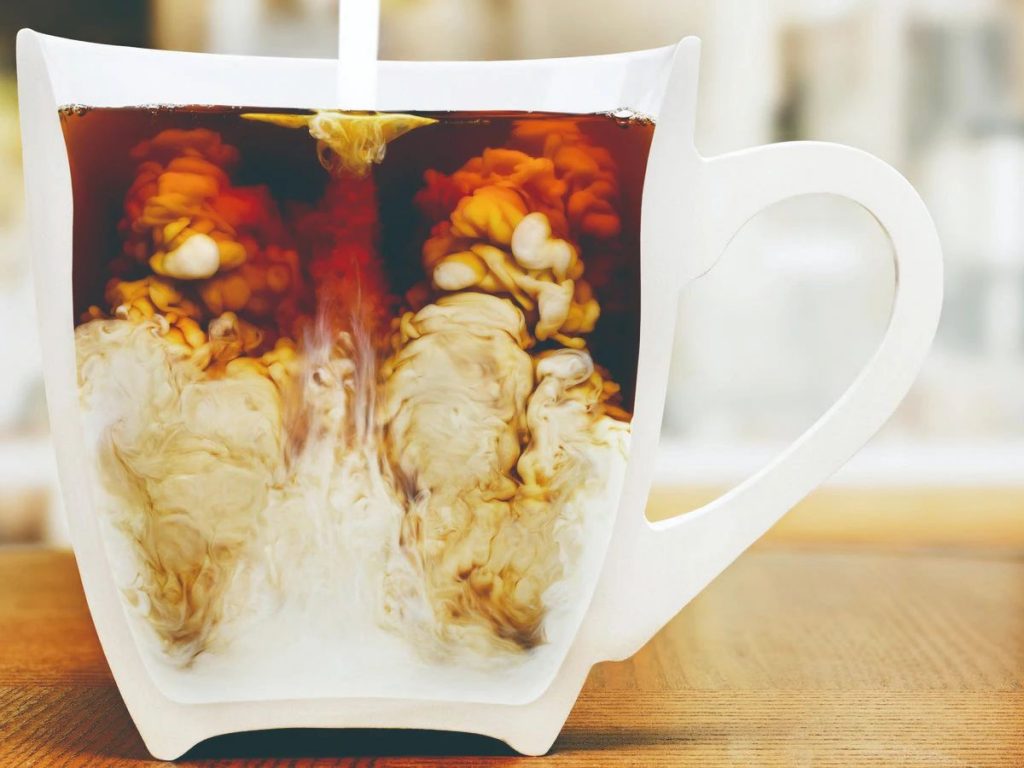
Coffee with cream, whether it is aroma, taste or color, makes people have an urge to taste. Through an ingenious mechanical device, Myrvold photographed the moment when the cream was poured into the coffee, allowing us to see how the cream is in the coffee Diffused.
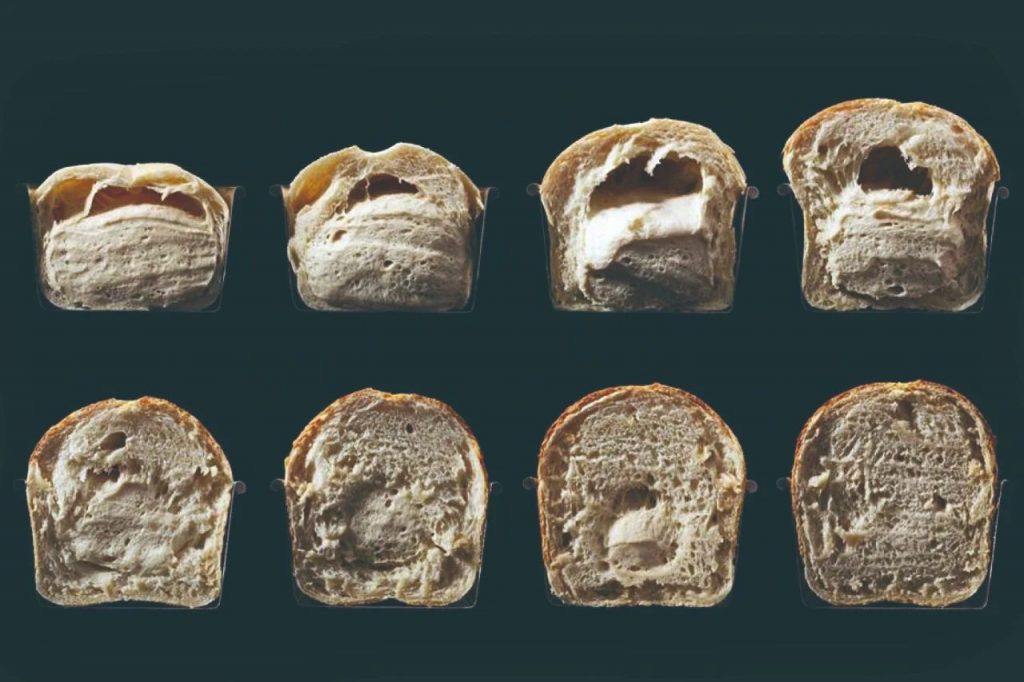
This is the process by which the dough is baked into bread in the oven. It can be seen that the dough expands sequentially from the outside to the inside. During the baking process, the dough generates carbon dioxide gas, which makes the bread full of holes and puffy inside.

This is a fruit pie cooked in a microwave oven. Microwave is also a kind of electromagnetic wave. The white arrowed line shows the direction of microwave radiation. It shoots toward the food in a fan shape, causing the water molecules in the food to violently move, thereby increasing heat and cooking the food. The microwave oven can also heat fats and sugars.
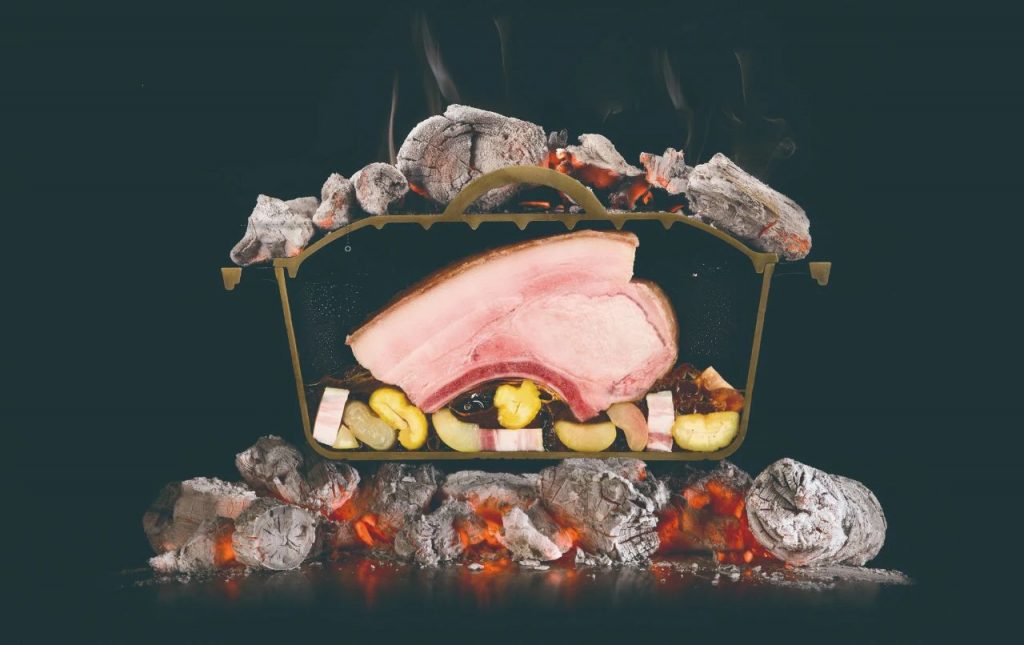
This is a traditional pot cooking method. The food is placed in a pot, and then the pot is buried in a charcoal fire that burns out, so that the food is heated in a variety of indirect ways at the same time.
Infrared rays are radiated to the food through the hot red pot; the juice in the pot evaporates, so that the food is wrapped in the moist steam and becomes very juicy; while the soup at the bottom of the pot is kept at about 80℃, and the food is slowly simmered heat.
These processes interact to create a complex heating system in the jar, giving the food a corresponding unique flavor.
Comments